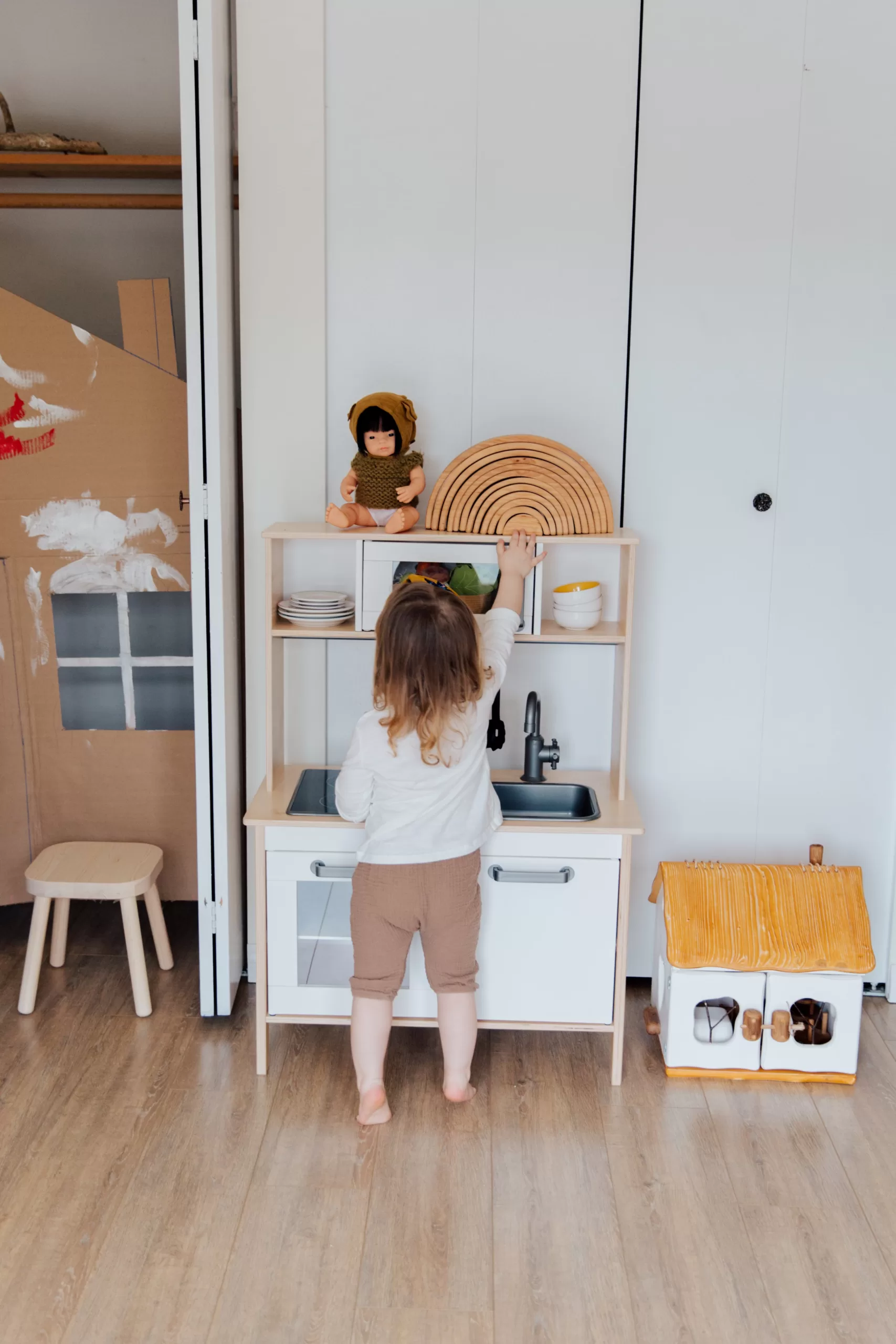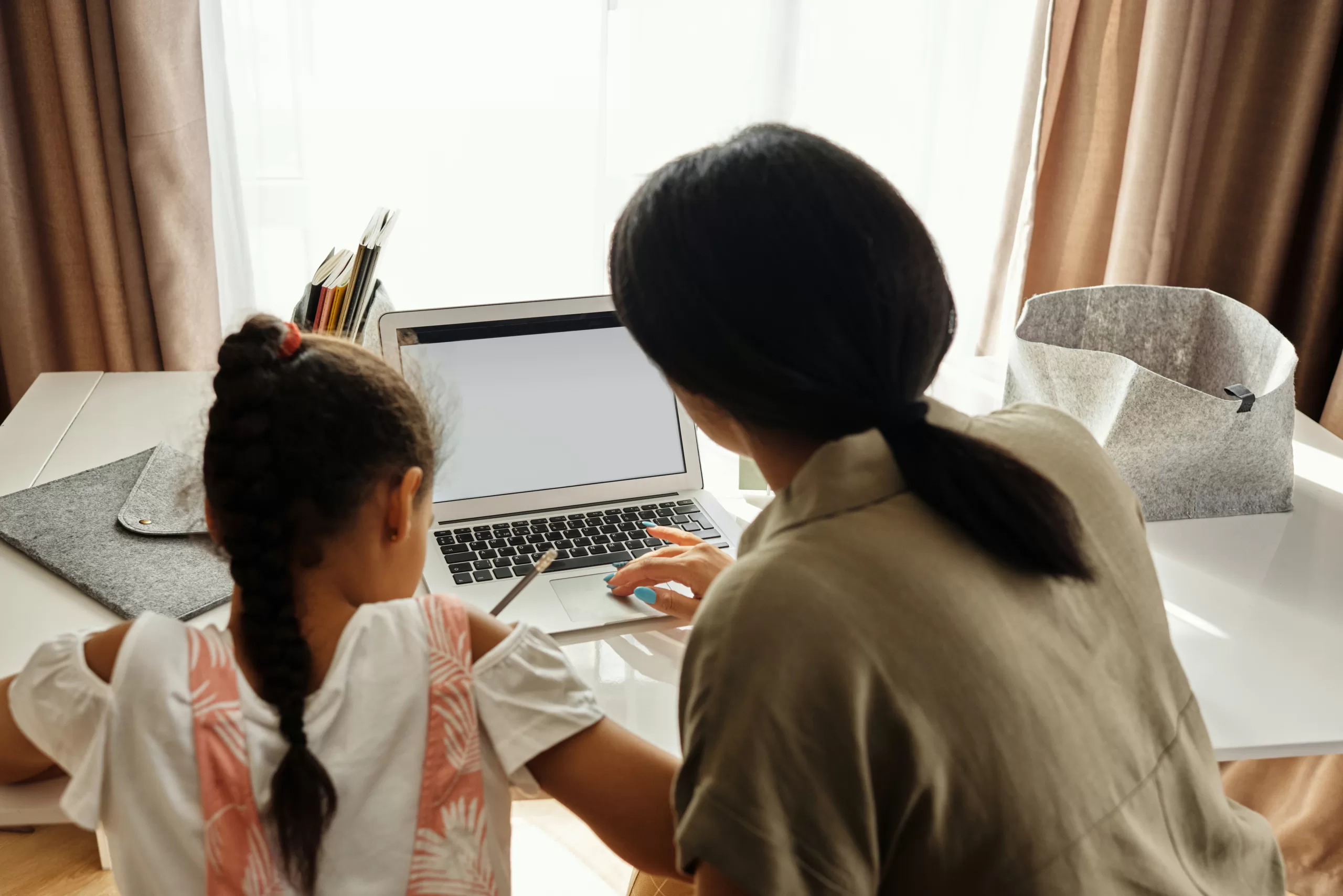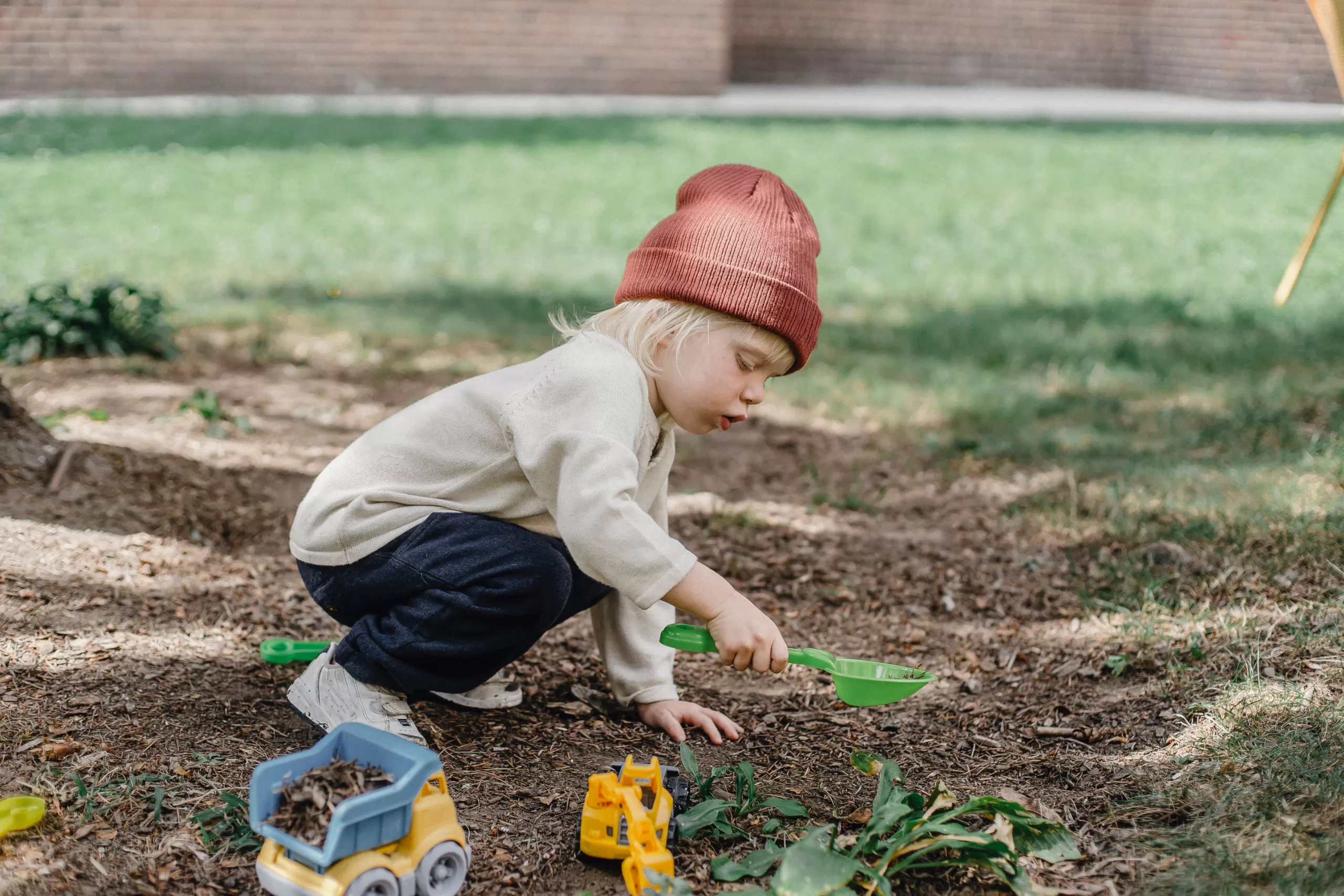Are you a parent who often finds themselves pondering the balance between educational activities and playtime for your child? Children possess boundless energy and an innate desire to explore and play. Therefore, play is an integral part of childhood. In this age of endless distractions and overwhelming information, it may feel impossible to harness the power of play for educational purposes. In this article, we explore effective strategies for integrating structured educational activities with unstructured playtime to nurture well-rounded, thriving young minds.
The Importance of Balance between Educational Activities and Play
Before delving into the strategies, it is essential to recognize why balancing learning and play is so vital. Both components contribute uniquely to your child’s growth. To put it simply, educational activities stimulate cognitive development and knowledge acquisition, while playtime fosters creativity, social skills, and emotional well-being.
1. Create a Flexible Schedule
Craft a flexible schedule that allocates specific time blocks on a daily or weekly basis for both educational activities and play. This framework instills a sense of routine, making it easier for your child to seamlessly transition between focused learning and careless play. Flexibility is critical as it allows parents to adjust based on your child’s interests and energy levels.
2. Infusing Learning into Play
Subtly turn playtime into subtle learning experiences. For example, many parents have successfully integrated educational toys, puzzles, games, and apps that challenge children’s problem-solving skills. This approach artfully blurs the boundary between learning and play, making the educational process more engaging and enjoyable.
3. Theme-Based Learning
Theme-based learning is the practice of centering all learning activities around a specific theme. Choose a theme that captivates your child’s curiosity, say space exploration or the animal kingdom. Weave in reading sessions, hand-on activities, and innovative projects revolving around the chosen theme. This method introduces structure to learning while retaining an element of fun.
4. Exploring the Great Outdoors
Take advantage of outdoor play to promote both physical activity and learning. Visit parks, nature reserves, botanical gardens, etc. where your child can interact with the natural world. Encourage them to ask questions about the plants, animals, and the environment, fueling their curiosity and transforming their outdoor adventures into educational escapades.
5. Learning and Daily Rituals
Incorporate learning into your child’s daily routines. You can discuss measurements and fractions while cooking with your child. You can point out different species of birds and trees while taking a casual stroll. These seemingly modest interactions seamlessly integrate learning into the mundane tasks, making education an integral part of your child’s life.
6. Cultivating Artistic Expression
Encourage creative expression as a form of play. Drawing, painting, and crafting empower you child to freely articulate themselves while developing their fine motor skills and imagination. Art serves as an incredible vehicle to better understand colors, shapes, and cultural nuances.
7. Limiting Screen Time
As a technology company providing online lessons, we are fervent believers in the positive power of technology. However, we are also well aware the excessive screen time can hinder the balance between learning and play. We highly recommend setting clear boundaries for screen usage and prioritize interactive, educational content that aligns with your child’s interests and learning goals.
8. Quality over Quantity
More is not always better. Focus on the quality of educational activities and playtime than the quantity. Even a short, highly enthralling learning session can be more effective than a prolonged one. Similarly, curating meaningful playtime that encourages imagination and creativity far more valuable than blindly filling up a schedule with activities.
9. Follow Your Child’s Lead
Let your child play an active part in dictating their own education. Listen to your child and observe his or her preferences and inclinations. Empower them to choose their own educational activities, promoting autonomy and enthusiasm for learning. Allowing your child to take the lead ensures a sustained level of engagement, curiosity, and zeal.
10. Embracing Unstructured Play
Recognize the significance of unstructured playtime. Unstructured play allows your child to explore their interests, develop problem-solving skills, and enhance social interactions without a predetermined agenda.
Educational Activities to Nurture a Balanced Growth Journey
Balancing educational activities and playtime is about nurturing a healthy journey of holistic growth for your child. By incorporating these strategies, you can create a rich environment that promotes cognitive development, creativity, physical health, and social skills. The goal is not to eliminate one aspect in favor of the other, but to seamlessly blend both to create a well-rounded and joyful learning experience for your child.






